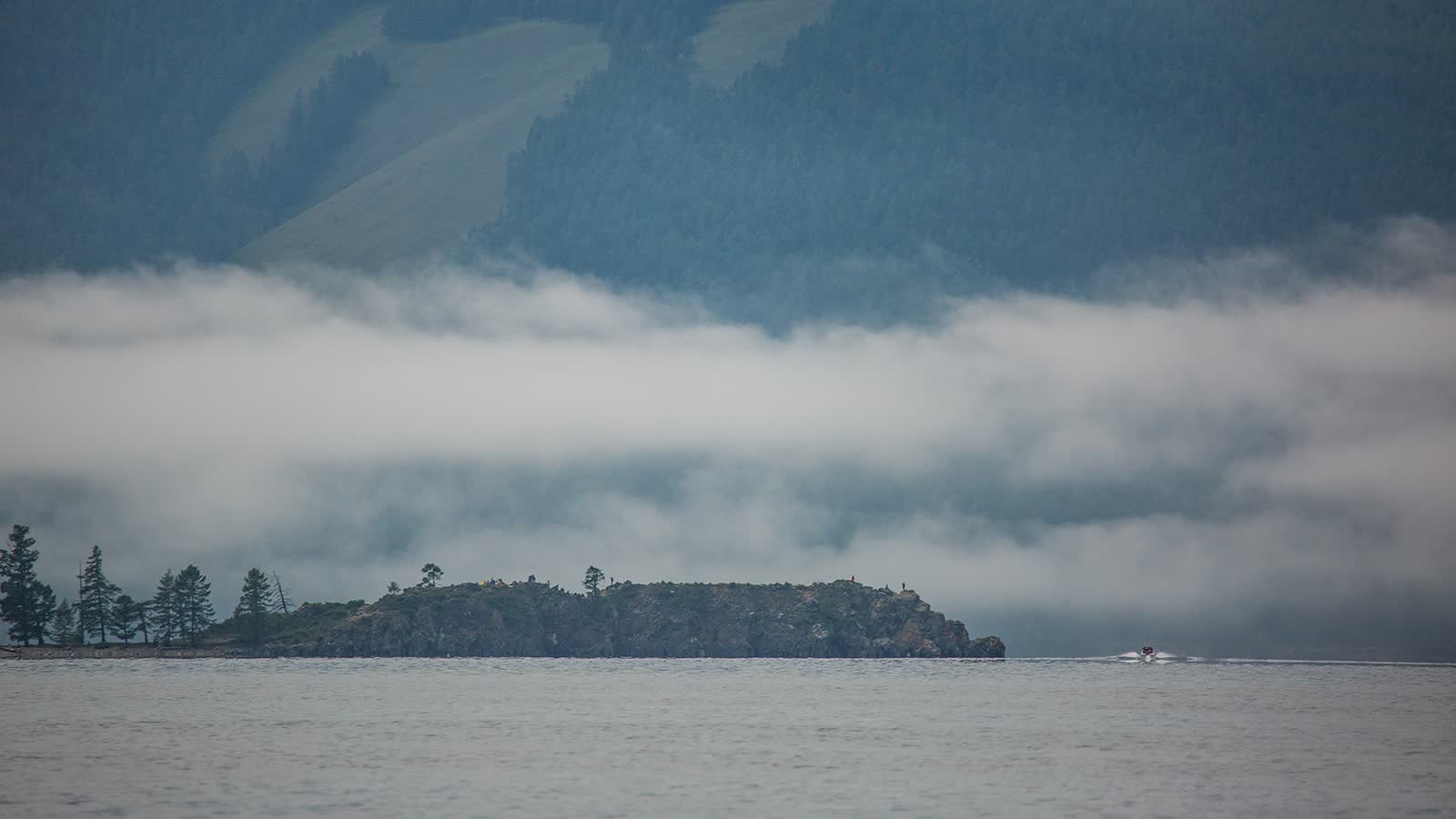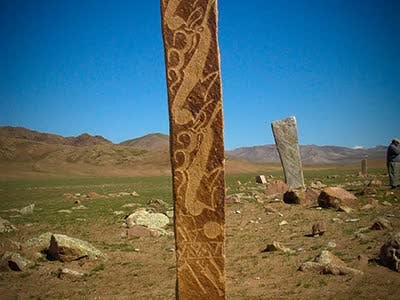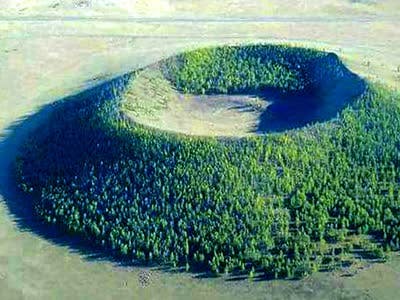Khuvsgul Lake
🌊 KHUVSGUL LAKE — “THE BLUE PEARL OF MONGOLIA”
Khuvsgul Lake, often called the “Blue Pearl of Mongolia,” is the largest freshwater lake by volume in the country and one of the oldest lakes in the world. Nestled in the northernmost province of Khuvsgul, near the Russian border, this majestic lake is surrounded by boreal forest (taiga), snowcapped peaks, and vibrant nomadic traditions.
The lake stretches over 136 km long and deepens to 262 meters, holding nearly 70% of Mongolia’s fresh water. Sacred to the Mongolian people, it’s a place of spiritual and ecological significance, drawing both domestic pilgrims and international nature lovers.
📌 QUICK FACTS
| Icon | Detail |
|---|---|
| 📍 Location | Khuvsgul Province, Northern Mongolia |
| 📏 Length | 136 km |
| 🌊 Depth | 262 m (deepest in Mongolia) |
| 💧 Water Type | Freshwater (drinkable) |
| 🐟 Wildlife | Lenok, grayling, Siberian marmots, migratory birds |
| 🌿 Eco-Zone | Taiga forest and alpine tundra |

🌟 HIGHLIGHTS
🚣 Lake Activities
Kayaking, boat rides, and horseback riding along the lake shore.
🛶 Nomadic Encounters
Stay in traditional Mongolian gers, visit reindeer herders and Darkhad families.
🥾 Trekking and Hiking
Explore untouched trails through pine forests and rocky peaks.
🔭 Stargazing and Serenity
With no light pollution, enjoy breathtaking night skies and absolute peace.
✨ SPECIAL FEATURES
💦 Crystal-Clear Waters
So clean it’s often compared to Lake Baikal, and locals drink straight from the lake.
🔮 Shamanic Sites
Considered sacred by locals and shamans—visit offering piles (ovoo) and spiritual spots.
🧊 Winter Wonder
In winter, the lake freezes solid and becomes a venue for the Khuvsgul Ice Festival.
🏞️ NEARBY ATTRACTIONS
🦌 Darkhad Valley – Home of the Tsaatan reindeer herders
🧊 Khuvsgul Ice Festival – Held annually in March
🛕 Danzandarjaa Monastery – A peaceful Buddhist temple in Murun
🧭 Lake Toilogt – A serene and lesser-known lake nearby
🏔 Ulaan Taiga Mountains – Ideal for extended treks and wildlife watching

🙋 FAQ
❓ How do I get to Khuvsgul Lake?
You can fly from Ulaanbaatar to Murun, then drive 100 km to Khatgal village by car or van.
❓ When is the best time to visit?
The lake is most accessible and beautiful from June to early September. Winter is great for the Ice Festival in March.
❓ Can I swim in Khuvsgul Lake?
Yes, the water is safe and clean, but it’s quite cold even in summer!
❓ Are there accommodations nearby?
Yes—choose from ger camps, eco-lodges, and guesthouses in Khatgal or along the shoreline.
❓ Is it safe for families?
Absolutely! It’s a great destination for nature-loving families with children.
🧳 VISITOR TIPS
🧥 Pack Layers – Even summer nights get chilly; bring warm gear and rainproof clothing.
📵 Limited Signal – Some areas have spotty coverage. Enjoy the digital detox!
🚫 Leave No Trace – Help protect this fragile environment by respecting local customs and nature.
📸 Capture Sunrises – Early mornings offer stunning light and mist over the water.
🧘 Stay Still – The lake is perfect for quiet reflection, journaling, or meditation.
🌍 WHY VISIT?
🏞 Unspoiled Natural Beauty
One of Asia’s most pristine alpine lakes with spectacular, diverse landscapes.
🧬 Cultural Immersion
Engage with Mongolia’s nomads, shamans, and herders in an authentic environment.
🐾 Wildlife and Wilderness
See rare birds, marmots, and maybe even a Siberian moose in its natural habitat.
✨ Spiritual Connection
Sacred to many Mongolians, the lake offers a place to reconnect with nature and self.
RELATED DESTINATIONS
Explore Uushig Deer Stone Monument, a Bronze Age archaeological site in Mongolia with mysterious deer carvings and ancient burial mounds.
Explore the remote Darkhad Valley and meet Mongolia’s Tsaatan reindeer herders—one of the world’s last nomadic, reindeer-dependent cultures.
Explore Uran Togoo, an extinct volcano in northern Mongolia with a crater lake, panoramic views, and scenic hiking opportunities near Bulgan.


